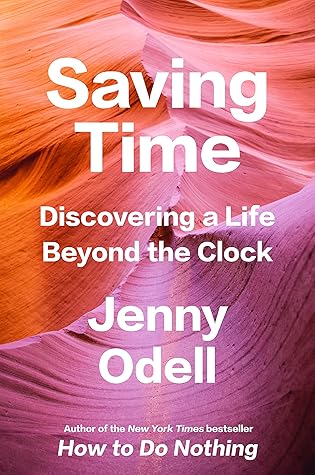The 1930s concept of leisure didn’t just exist within a field of social hierarchy; it also actively reproduced and entrenched that hierarchy. It had to, when the offer of safety and “freedom from care” to one group was composed of the tacit and violent exclusion of other groups. Safety and purity meant white and abled; improvement meant more white and more abled. Indeed, it was precisely because leisure spaces both public and private were associated with freedom that they invited anxiety over the specter of interracial mixing.
Welcome back. Just a moment while we sign you in to your Goodreads account.


